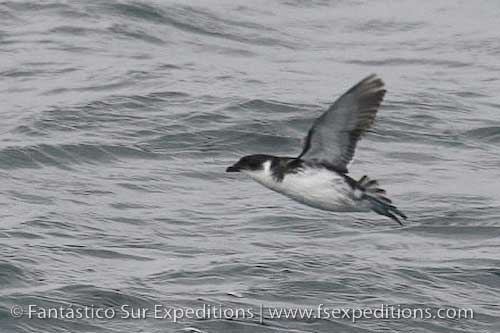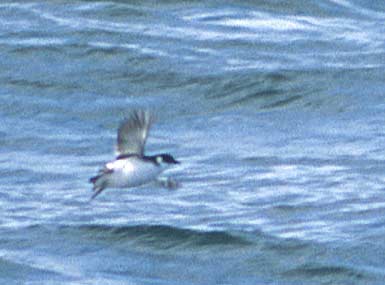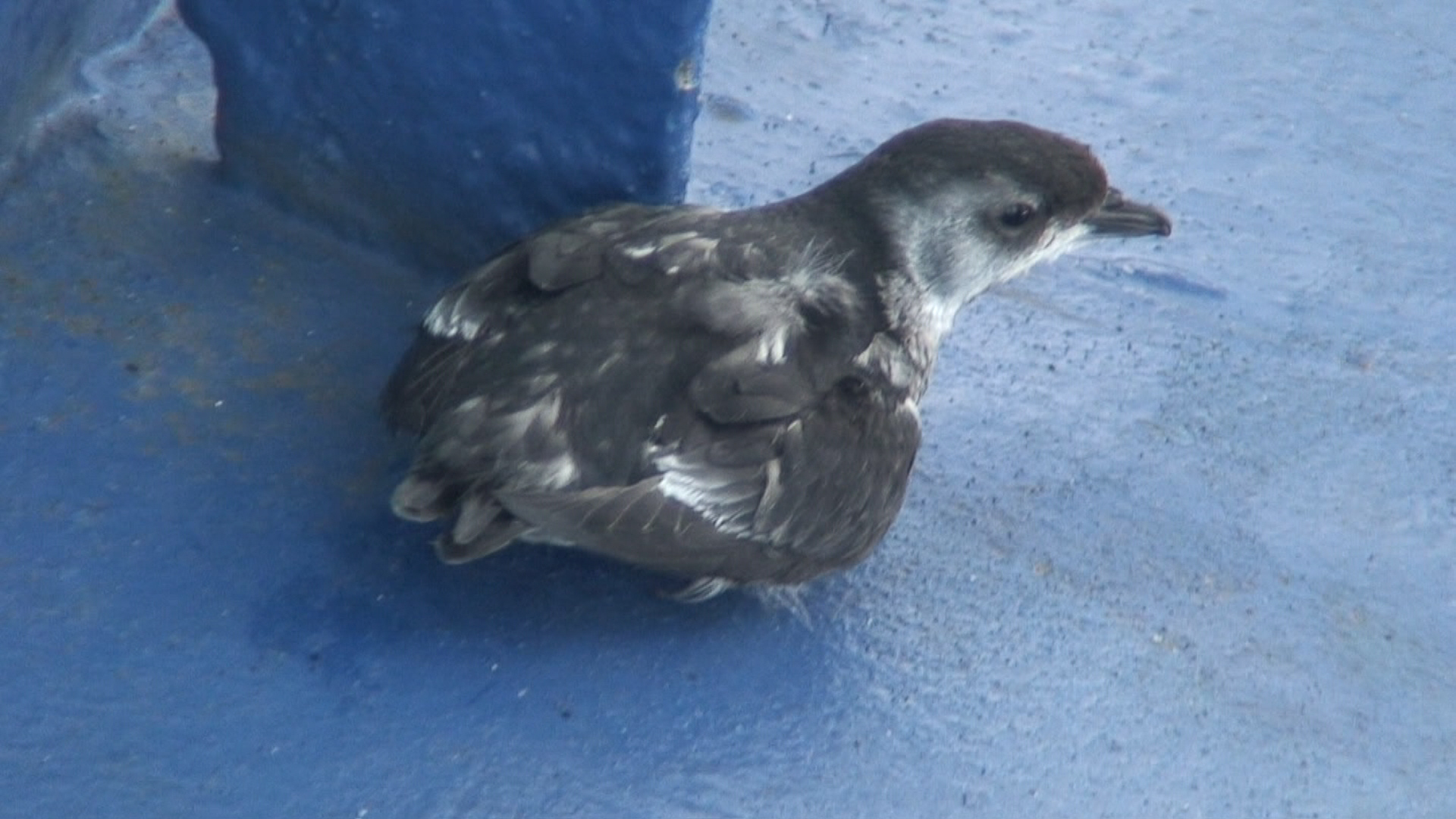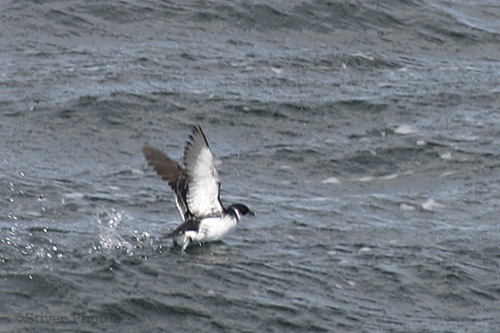
Pelecanoides magellani
TAXONOMY
Pelecanoides magellani Gray, 1871, Strait of Magellan. Monotypic.
OTHER COMMON NAMES
English: Magellanic diving-petrel; French: Puffinure de Magellan;
German: Magellan-Lummensturmvogel; Spanish: Potoyunco
Magallбnico.
PHYSICAL CHARACTERISTICS
7.5–8 in (19–20 cm), side of neck bears a crescent-shaped half
collar.
DISTRIBUTION
Occurs only in extreme
southern
South America, off
southernmost Argentina
and Chile.
HABITAT
Breeds on oceanic
islands and feeds in
cold oceans, usually
close to breeding
sites.
BEHAVIOR
Flies low, direct, and fast, both through the air and in the water.
FEEDING ECOLOGY AND DIET
Dives and swims to feed on small fish and crustaceans.
REPRODUCTIVE BIOLOGY
Lays a single egg in a burrow or crevice. The egg is incubated
by both parents.
CONSERVATION STATUS
A locally abundant species.
SIGNIFICANCE TO HUMANS
None other than through economic benefits of birdwatching
and ecotourism.
Other popular Animals
Photo Gallery of - Magellan diving-petrel




 Animalia Life
Animalia Life